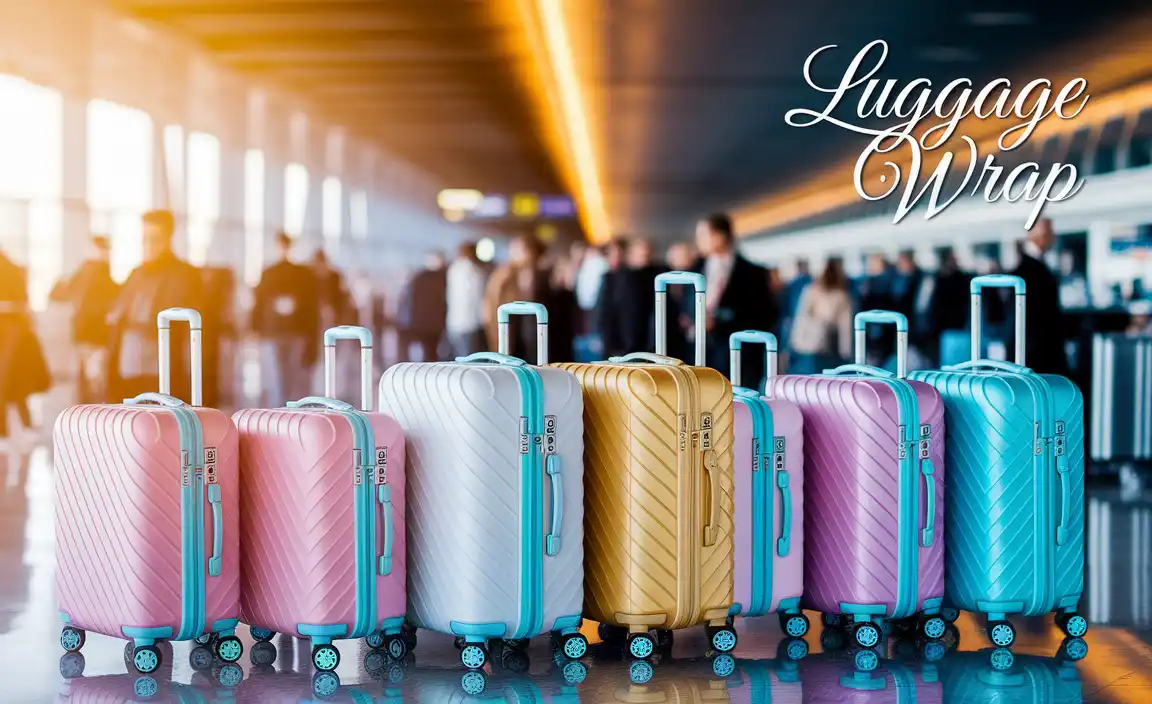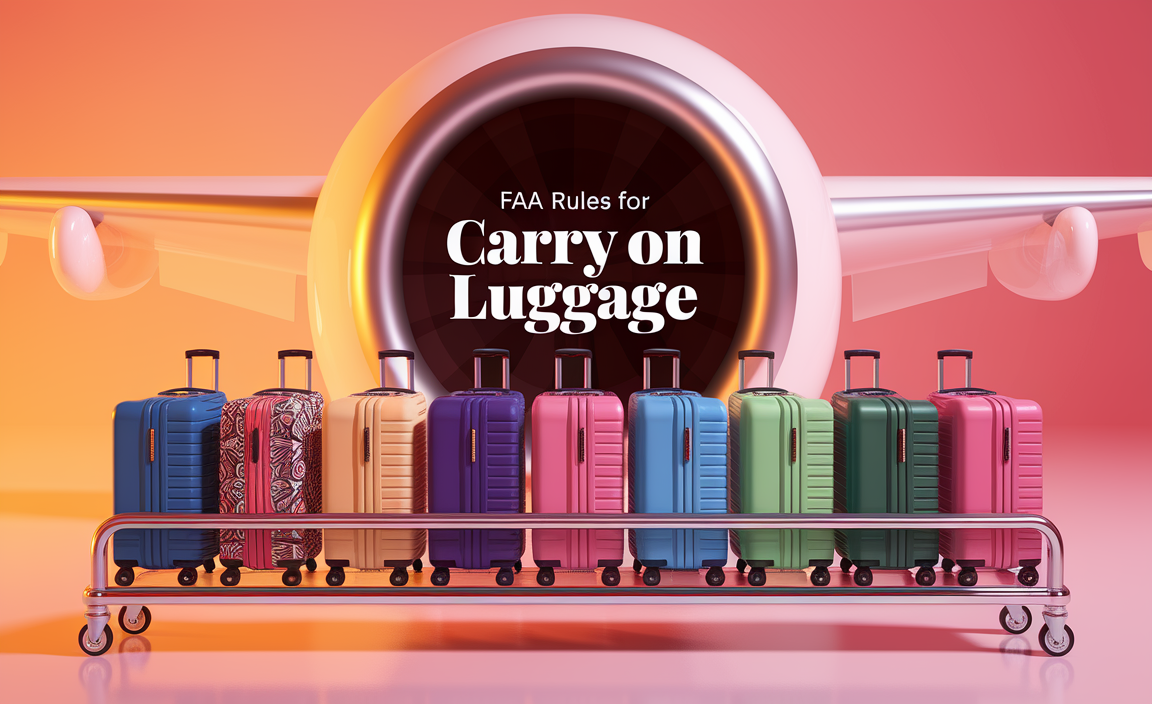Barcelona Accessible Travel Guide: Essential Tips for a Smooth and Enjoyable Trip. This comprehensive guide provides practical advice on navigating Barcelona with mobility challenges, focusing on transportation, accommodation, attractions, and essential planning to ensure a comfortable and stress-free experience for every traveler.
Barcelona is a vibrant city brimming with history, art, and delicious food. It’s a dream destination for many, but if you have mobility concerns, planning a trip might seem a little daunting. You might worry about getting around, visiting famous landmarks, or even just finding a comfortable place to stay. Don’t let those worries hold you back! Barcelona is becoming increasingly accessible, and with the right preparation and a few helpful tips, you can have an incredible and stress-free adventure. This guide is here to show you how to experience the magic of Catalonia’s capital with confidence and ease.
Planning Your Accessible Barcelona Adventure
Embarking on an accessible trip to Barcelona starts with smart planning. The key is to break down your preparations into manageable steps, ensuring you cover all the essential aspects for a comfortable and enjoyable journey. Think of it like packing for a trip – you want to make sure you have everything you need before you even leave home!
Booking Accessible Accommodation
Finding the right place to stay is crucial for a relaxing trip. When looking for accessible accommodation in Barcelona, prioritize hotels or apartments that explicitly state they offer features like:
- Step-free access to the building and rooms
- Accessible bathrooms with grab bars, roll-in showers, or bathtubs with grab bars
- Wide doorways
- Elevators, especially if you are on an upper floor
- Lowered light switches and other accessible controls
When booking, don’t hesitate to contact the accommodation directly. Ask specific questions about their accessibility features to ensure they meet your needs. Websites like Booking.com and Expedia often have filters for accessible rooms, but a direct conversation can provide more detailed confirmation.
Accessible Transportation in Barcelona
Getting around Barcelona can be a breeze with a little knowledge. The city has made significant strides in improving public transport accessibility, making it easier to explore its many wonders.
Metro Accessibility
Barcelona’s metro system is generally quite accessible. Many stations are equipped with elevators, and newer lines are designed with accessibility in mind from the outset. However, not all older stations are fully accessible, so it’s a good idea to check the official TMB (Transports Metropolitans de Barcelona) website for station-specific accessibility information.
- Check the TMB Website: The TMB accessibility page provides detailed information on accessible metro stations, bus routes, and other transport services.
- Listen for Announcements: Pay attention to audio announcements on trains and platforms, as they often indicate when an elevator is out of order.
- Plan Your Route: Use the TMB app or website to plan your journeys and identify accessible routes in advance.
Accessible Buses
Barcelona’s buses are largely accessible. Most buses are low-floor and equipped with ramps that can be deployed for wheelchair users or individuals with mobility aids. Drivers are trained to assist passengers, so don’t hesitate to ask for help.
Taxis and Ride-Sharing
Accessible taxis are available in Barcelona. You can book these in advance or look for designated accessible taxi ranks. Ride-sharing services also sometimes offer accessible vehicle options, though availability can vary. It’s always best to book these services ahead of time to guarantee availability.
Accessible Walking and Rolling
Many of Barcelona’s central areas are pedestrian-friendly, with wide pavements and accessible routes. However, some older areas, particularly in the Gothic Quarter, have narrow, uneven cobblestone streets that can be challenging. Plan your routes to stick to the more accessible main thoroughfares where possible.
Essential Packing for Comfort and Convenience
When traveling, especially with specific needs, packing the right items can make all the difference. For an accessible trip to Barcelona, focus on comfort, practicality, and any personal care items you might require.
Personal Care Items: If you use adult or child diapers, packing an ample supply is essential. Consider discreet, absorbent options for peace of mind during long days of sightseeing. Many travelers find that bringing a preferred brand from home ensures comfort and reliability. For parents traveling with children who need diapers, packing more than you think you’ll need is always a good strategy, especially for unpredictable travel days.
Here’s a quick checklist for your accessible travel packing:
- Comfortable walking shoes (even if you use a wheelchair, supportive footwear for transfers or for accompanying companions is key)
- Weather-appropriate clothing
- Any necessary medications and a copy of prescriptions
- Personal care items, including appropriate incontinence products if needed
- Portable charger for electronic devices
- Reusable water bottle
- Small backpack or day bag for essentials
- Travel-sized toiletries
- Copies of important documents (passport, ID, accommodation details)
Navigating Barcelona’s Accessible Attractions
Barcelona boasts world-class attractions, and many are surprisingly accessible. A bit of research can help you plan your visits and make the most of your time exploring the city’s cultural treasures.
Sagrada Familia
Antoni Gaudí’s masterpiece, the Sagrada Familia, is largely accessible. The basilica has elevators to reach the towers (though access to certain parts of the towers may be restricted), and the main floor is flat and easy to navigate. Audio guides are available, and the visitor center can provide specific accessibility information.
Tips for visiting:
- Book tickets online in advance to avoid long queues.
- Inquire about accessible tour options when booking.
- The surrounding areas and entrance have ramps.
Park Güell
While some parts of Park Güell have steep inclines and cobblestone paths, the monumental zone, including the iconic mosaic salamander and the main terrace, is more accessible. There are accessible routes that allow you to see many of the key features. It’s advisable to check the official Park Güell website for the most current accessibility details, as paths can sometimes change.
Accessibility considerations:
- The upper, more natural areas are less accessible.
- Focus on the Monumental Zone for the main sights.
- Wear comfortable, sturdy shoes.
Gothic Quarter and Las Ramblas
Exploring the Gothic Quarter can be a charming experience, but its medieval streets are often narrow and uneven. Stick to wider main streets like La Rambla, which is mostly flat and wide, although it can get very crowded. For deeper exploration of the Gothic Quarter, consider a guided accessible tour or focus on specific accessible landmarks within the area, like the Barcelona Cathedral, which has accessible entrances and ramps.
Museums and Galleries
Most of Barcelona’s major museums are well-equipped for accessible visits. Institutions like the Picasso Museum, the Museu Nacional d’Art de Catalunya (MNAC), and the MACBA (Museum of Contemporary Art of Barcelona) generally offer ramps, elevators, accessible restrooms, and sometimes even specialized tours or equipment. Always check the individual museum’s website for their specific accessibility policies and facilities. For example, the Museu Carmen Thyssen Barcelona provides detailed accessibility information on its site.
Accessible Beaches
Barcelona has several accessible beaches, including Barceloneta and Bogatell. These beaches often feature:
- Accessible walkways leading to the sand
- Amphibious wheelchairs that can go into the water (available during summer months)
- Accessible changing rooms and restrooms
These facilities are typically available from June to September. It’s a great way to enjoy the Mediterranean sunshine and sea.
Dining and Entertainment with Accessibility in Mind
Barcelona’s culinary scene is legendary, and enjoying its diverse offerings is possible for everyone. Many restaurants and entertainment venues are increasingly accommodating.
Accessible Restaurants
When dining out, look for restaurants that have step-free entrances and accessible restrooms. Many newer establishments and those in modern areas are designed with accessibility in mind. Websites and apps like TripAdvisor often have user reviews that mention accessibility, or you can call ahead to inquire. Neighborhoods like Eixample tend to have more modern buildings and thus potentially better accessibility than older districts.
Live Music and Flamenco Shows
Many venues that host live music or flamenco shows are accessible. The Palau de la Música Catalana, for instance, is a stunning concert hall with accessible seating and facilities. For flamenco, smaller, more intimate venues might require a call ahead to confirm accessibility. It’s always best to book tickets for shows in advance and specifically request accessible seating.
Tips for a Stress-Free Experience
Beyond the practicalities of accommodation and transport, a few extra strategies can enhance your accessible travel experience in Barcelona.
Learn Basic Catalan or Spanish Phrases
While English is spoken in many tourist areas, knowing a few basic phrases in Spanish or Catalan can be very helpful and is greatly appreciated by locals. Phrases like “Excuse me” (Perdona / Disculpe), “Thank you” (Gràcies / Gracias), and “Where is the accessible bathroom?” (On és el lavabo accessible? / ¿Dónde está el baño accesible?) can be incredibly useful.
Utilize Accessible Tour Operators
Consider booking tours with companies specializing in accessible travel. They can arrange adapted vehicles, provide knowledgeable guides familiar with accessible routes, and handle all the logistics, allowing you to relax and enjoy your exploration.
Stay Hydrated and Take Breaks
Barcelona can get warm, especially in the summer. Always carry water and plan for regular breaks. Accessible cafes are plentiful, offering a chance to rest, refuel, and people-watch.
Be Prepared for Crowds
Barcelona is a popular city, and attractions can become very crowded, especially during peak season. Visiting during shoulder seasons (spring or autumn) can mean fewer crowds and more comfortable navigation. If you must visit during busy times, going early in the morning or later in the afternoon can help.
Know Your Rights
In Spain and the EU, there are regulations in place to ensure accessibility. Familiarize yourself with your rights regarding accessible transport and public spaces. The European Union Agency for Fundamental Rights (FRA) provides good overview information on disability rights principles that apply across member states.
Frequently Asked Questions About Accessible Travel in Barcelona
Q1: Is Barcelona a good city for wheelchair users to visit?
A: Yes, Barcelona is a good city for wheelchair users. It has made significant improvements in public transportation accessibility, many major attractions are accessible, and there are accessible accommodation options available. While some older areas can be challenging, planning with accessible routes in mind makes it very manageable.
Q2: How accessible is the Barcelona metro system?
A: The Barcelona metro is generally accessible. Many stations have elevators, and newer lines are designed with accessibility in mind. It is advisable to check the TMB website for specific station accessibility and any temporary elevator outages.
Q3: Where can I find accessible accommodation in Barcelona?
A: You can find accessible accommodation by using filters on booking websites like Booking.com or Expedia. It is highly recommended to contact hotels directly to confirm specific accessibility features such as step-free access, accessible bathrooms, and elevator availability.
Q4: Are there accessible beaches in Barcelona?
A: Yes, Barcelona has accessible beaches, including Barceloneta and Bogatell. During the summer months, they often provide accessible walkways, amphibious wheelchairs for entering the water, and accessible facilities.
Q5: What are some accessible attractions in Barcelona?
A: Key accessible attractions include the Sagrada Familia (main floor is accessible), many major museums like the Picasso Museum and MNAC, parts of Park Güell (Monumental Zone), and the pedestrian-friendly Las Ramblas. Always check individual attraction websites for the latest accessibility details.
Q6: Do I need to book accessible taxis in advance in Barcelona?
A: It is highly recommended to book accessible taxis in advance to ensure availability, especially if you have specific timing requirements. You can also inquire about designated accessible taxi ranks.
Q7: Are adult diapers readily available for purchase in Barcelona?
A: Yes, adult diapers and similar personal care items are available in pharmacies (farmacias) and larger supermarkets in Barcelona. However, if you have a specific brand or type you prefer for comfort and reliability, bringing a supply from home is often the most secure option for your trip.
Conclusion
Barcelona is a city that truly offers something for everyone, and with the right approach, an accessible trip is not only possible but can be wonderfully rewarding. By focusing on pre-trip planning, understanding your transportation options, choosing suitable accommodation, and being aware of accessible routes within attractions, you can confidently navigate this enchanting city. Remember to utilize the resources available, from official transport websites to accessibility service providers, and never hesitate to ask for assistance. Embrace the vibrant culture, savor the delicious cuisine, and create unforgettable memories in Barcelona. Your journey of discovery awaits, made comfortable and accessible every step of the way.




